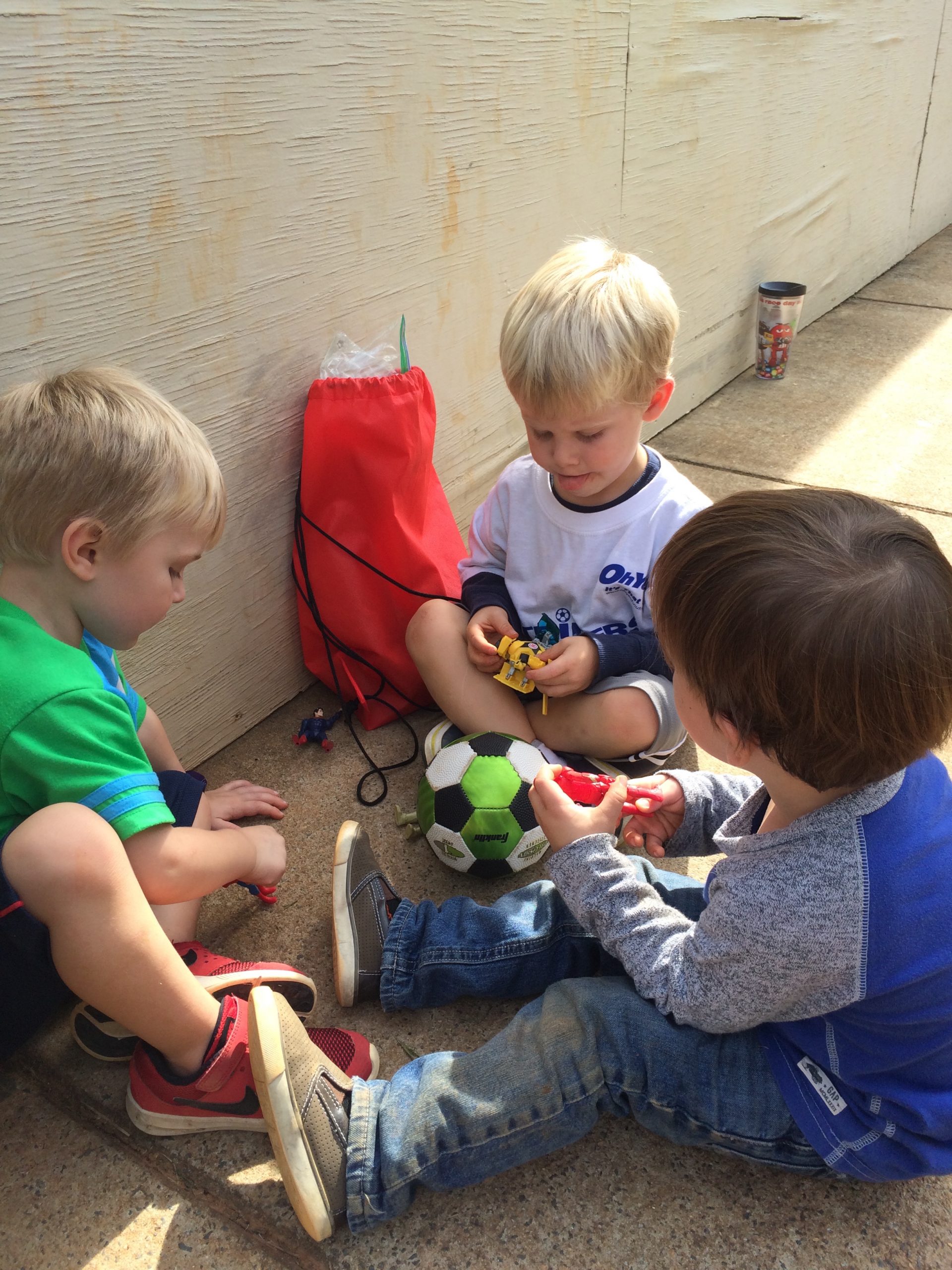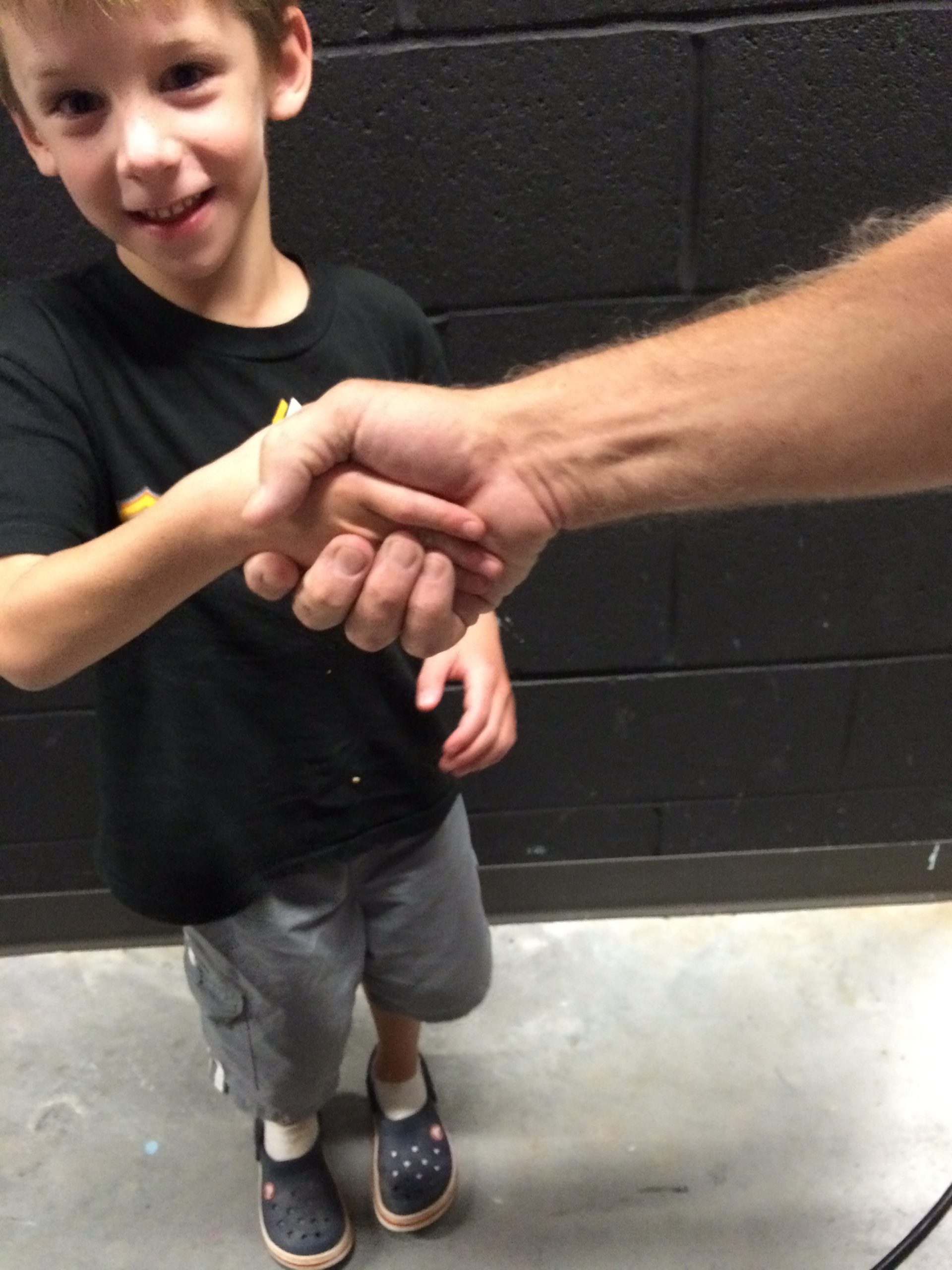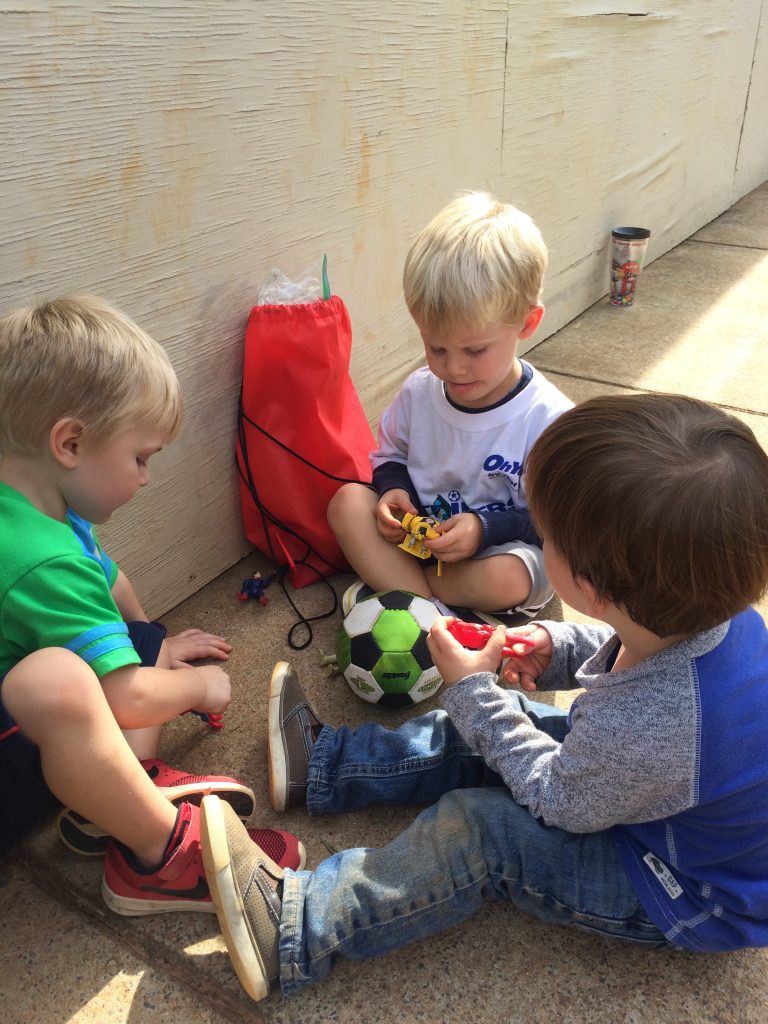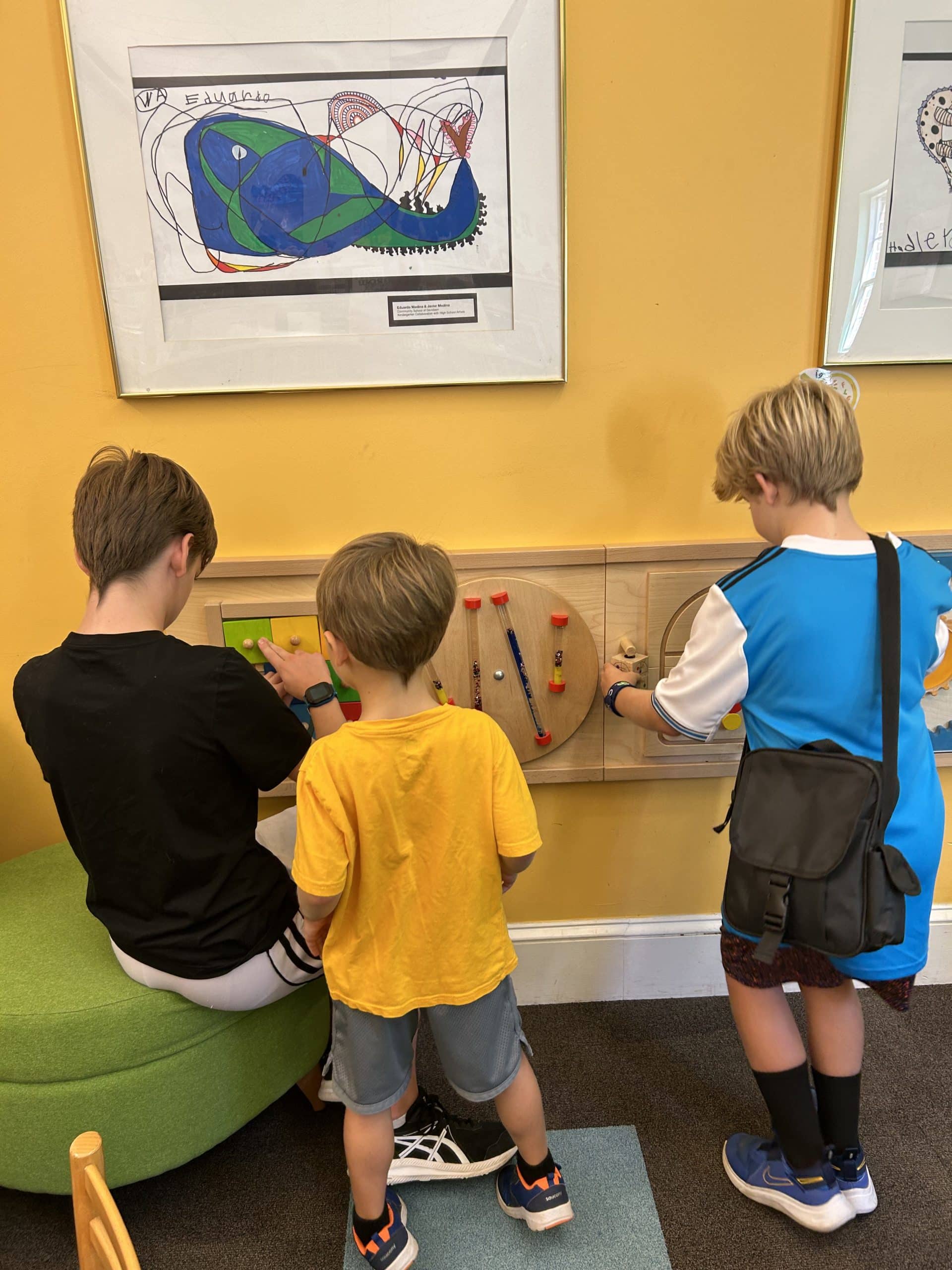Social skills are important for children of all ages. Therefore, they must be able to relate and communicate with people. Students must work in groups, both small and large. So, learning communication skills is a necessity.

Not only do schools teach academic skills, school is a place to learn to socially get along with other people. Socially apt children make more friends. Consequentially, children that do not learn appropriate skills for socialization have failing friendships. Skills for socialization enable students to build and maintain positive relationships with others. The skills of communication, problem-solving, self-management and peer relation abilities provide children with the basics for connecting with people.
Students learn these skills through imitation. So, adults must model. Also, they must learn through an environment that rewards self-control. Participation in various activities help students to develop needed skills for face-to-face communication.

Social Skills for Listening
• First, make eye contact.
• Next, let a person finish speaking before talking.
• Last, gesture to acknowledge the comment.
Skills for Greeting Someone
• Make eye contact.
• Stand and shake hands.
• Or, say hello or hi.
Social Media and Face to Face Communication
As students engage in direct face-to-face communication, information is transferred to the brain by sounds and sight. Thus, it provides the context of the communication. Viewing posture, body language and hearing voice tone aids in the context of what is said.
Text communication is black and white and lacks tone. Unlike face-to-face communication, texting lacks emotion.
A survey by commonsensemedia.com reports that teens are frustrated by the attachment their friends and parents have to their devices. Also, it appears from this report that teens prefer face-to-face communication.
Direct communication is crucial for building life’s skills. So, parents and teachers must show the positive and negative effects of social communication. And, the over use of devices cause antisocial behavior. Therefore, as children primarily connect through social media, they create an awkward society. But, as students learn to use their devices correctly, they maintain peer relationships and still keep face-to-face communication.




